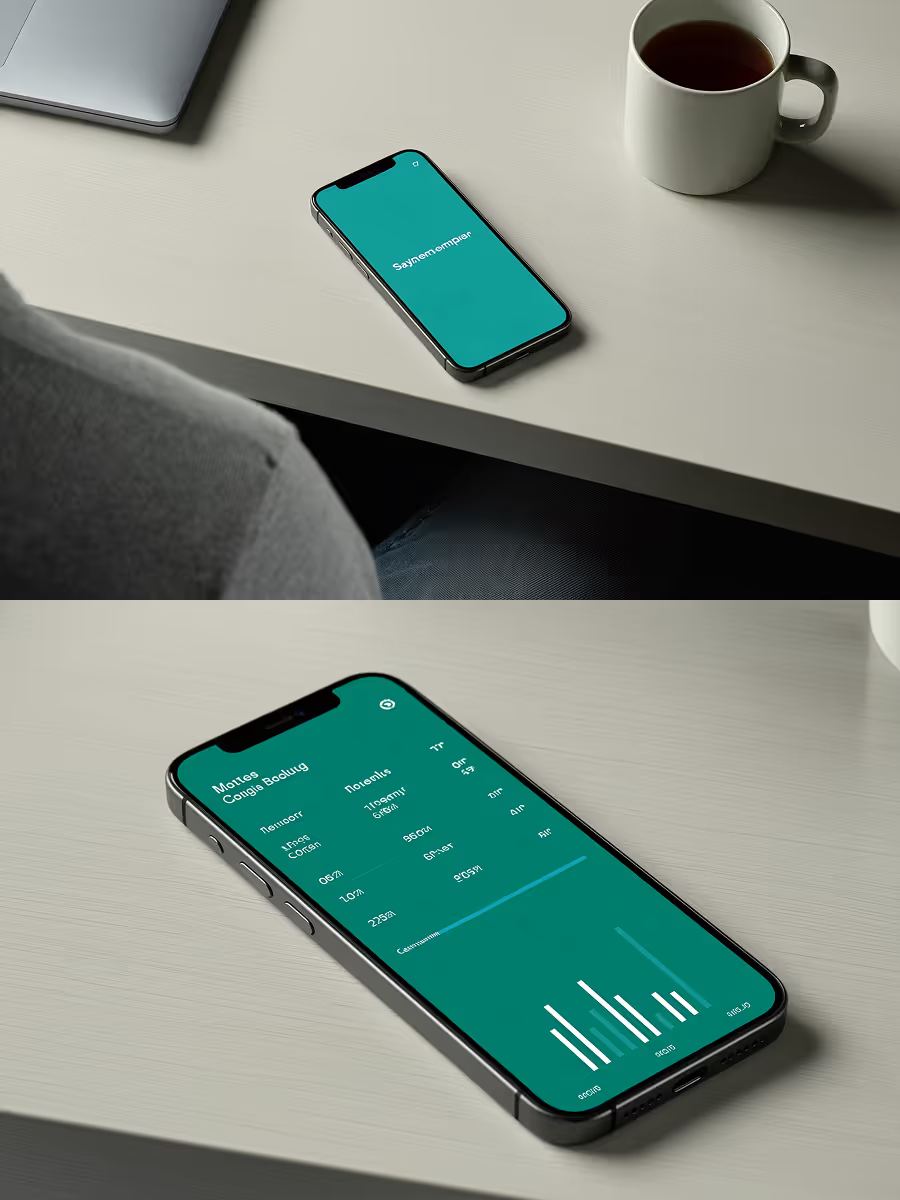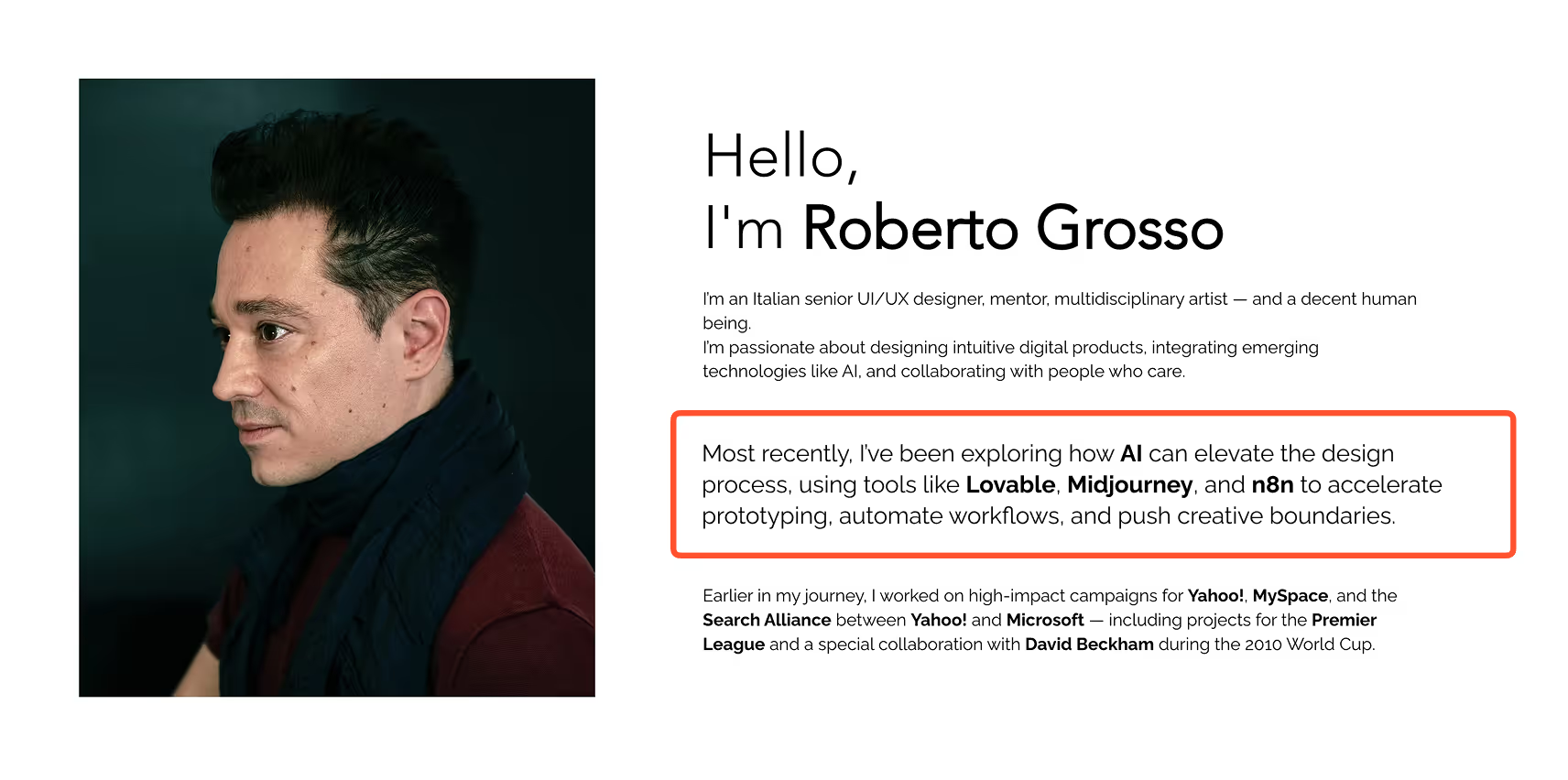From Moodboards to Motionboards
Traditionally, brand campaigns start with moodboards, or collections of still references meant to set tone and direction. But these static collages rarely convey flow or pacing.
That’s where AI image generators come in. Tools like Higgsfield Popcorn make it possible to generate scene-by-scene visuals with consistent lighting, character design, and atmosphere. It’s still image generation, but used with cinematic intent, turning the early idea phase into something more dynamic and story-driven.
Designers can now experiment with shot composition, transitions, and visual tone early in the ideation process, building mini “motionboards” that feel closer to production-ready storyboards.
Why Brands Are Paying Attention
For brand and creative teams, the biggest advantage to using any AI tools is speed to concept.
AI-generated storyboards let marketers and designers:
- Visualize faster: Generate cinematic scenes to test concepts or pitch internally.
- Align teams early: Get design, copy, and strategy on the same page before production starts.
- Experiment cheaply: Explore variations in lighting, tone, or emotion without needing full renders.
- Avoid costly misalignment: Preview ideas early to catch issues before they hit set.
It’s not replacing pre-production, it’s accelerating and refining it.

How Popcorn and Nano Banana Fit In
Each platform fills a different creative gap:
- Popcorn delivers continuity by maintaining character and scene consistency across multiple frames.
- Nano Banana delivers speed by producing single, high-quality images for quick concept visualization.
Together, they offer a hybrid approach: Popcorn for cinematic storytelling, Nano Banana for quick, iterative ideation. We did a side-by-side comparison of the two and their use cases. Read Higgsfield Popcorn vs. Nano Banana: Which AI Tool Wins for Creators to see what we found.
The Collaboration Benefit: From Creative Brief to Visual Pitch
When creative teams can see an idea early, everything moves faster.
AI image generators make it easy for art directors, copywriters, and producers to collaborate visually, not just through scripts or style guides.
Instead of waiting on illustrators or motion designers to produce concept art, teams can build visual drafts together in real time, testing pacing, mood, and structure.
In pitch settings, these visuals can transform a static treatment deck into something more narrative and immersive, giving clients and stakeholders a clear sense of the story being told.
The Human Side of AI Storyboarding
When we spoke with Artbound Initiative, a global creative mentorship program that recently studied how young designers are using AI in their portfolios, one theme stood out: AI isn’t replacing creativity—it’s reframing how people explore it.
For emerging designers, students, and freelancers, AI image generators act like instant sketchbooks. They let you visualize tone, lighting, and atmosphere before you ever touch a camera or animation timeline.
Within creative teams, that shift is noticeable. Storyboarding used to take hours of sketching or comping, and now AI image generators make it faster to visualize tone, setting, and direction. Designers describe it as freeing: a way to show the feeling of an idea before building or defending it. That kind of early visualization helps teams collaborate more intuitively and bridge strategy, design, and motion from the start.
In that sense, AI doesn’t dilute creativity, it democratizes it. It turns visual thinking into a shared process instead of a solo sketch phase.
AI and Brand Personalization at Scale
Beyond ideation, AI imagery is starting to reshape how brands think about personalization.
Instead of creating one global concept, teams can now visualize regional or audience-specific variations like Tokyo streets for one market and Paris cafés for another, using the same core storyboard.
That kind of adaptive storytelling used to require huge budgets and production teams. Now, with AI imagery, it’s a matter of prompt adjustments and creative oversight.
For global marketing teams, it means more agility: storyboards that reflect cultural nuance, visual variety, and faster iteration—all before a single frame of video is shot.
Ethics, Transparency, and Quality Control
As AI-generated imagery enters pre-production, creative integrity becomes more important than ever. Brands should maintain transparency about how AI visuals are used, especially in early campaign presentations or pitch decks.
There’s also the matter of brand accuracy: AI still struggles with typography, logos, and product details, which can lead to inconsistencies if left unchecked. That’s why human art direction, and clear attribution when styles or datasets are referenced, remain essential.
Used thoughtfully, these tools can expand creative range. Used carelessly, they can erode trust or misrepresent brand identity.

The Future: AI as a Pre-Production Partner
As tools like Popcorn evolve toward motion and sequential rendering, they’re starting to feel less like novelty generators and more like pre-production partners.
In the near future, designers could use a single prompt to generate storyboards, camera movements, and even mood transitions, all inside one creative workflow.
For now, AI image generators serve best as accelerators, bridging the gap between idea and execution and helping teams visualize the emotion behind a story before production even starts.
Final Thoughts
AI image generators are giving designers a new visual language for pre-production. They make it faster to explore, align, and experiment without waiting for traditional render or illustration cycles.
At Composite, a design agency in New York, we see these tools not as a replacement for storyboarding, but as an evolution of it. They’re expanding what’s possible in concept development by blending intuition, collaboration, and machine precision in one process.
Explore more perspectives and detailed guides on our Insights page.




.svg)

.svg)











